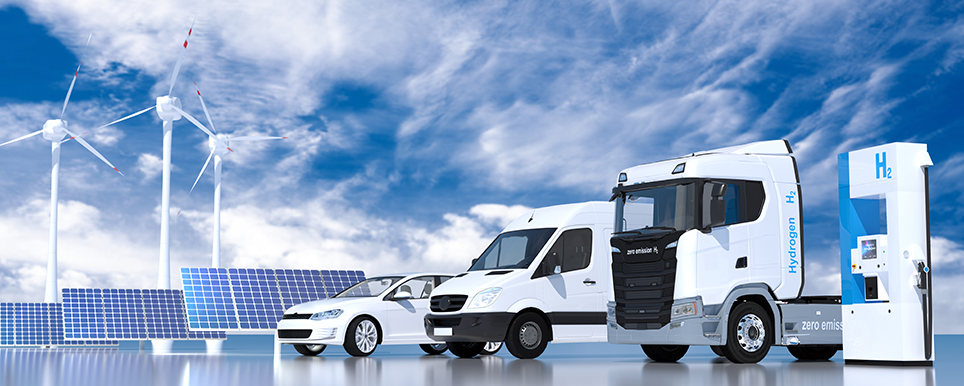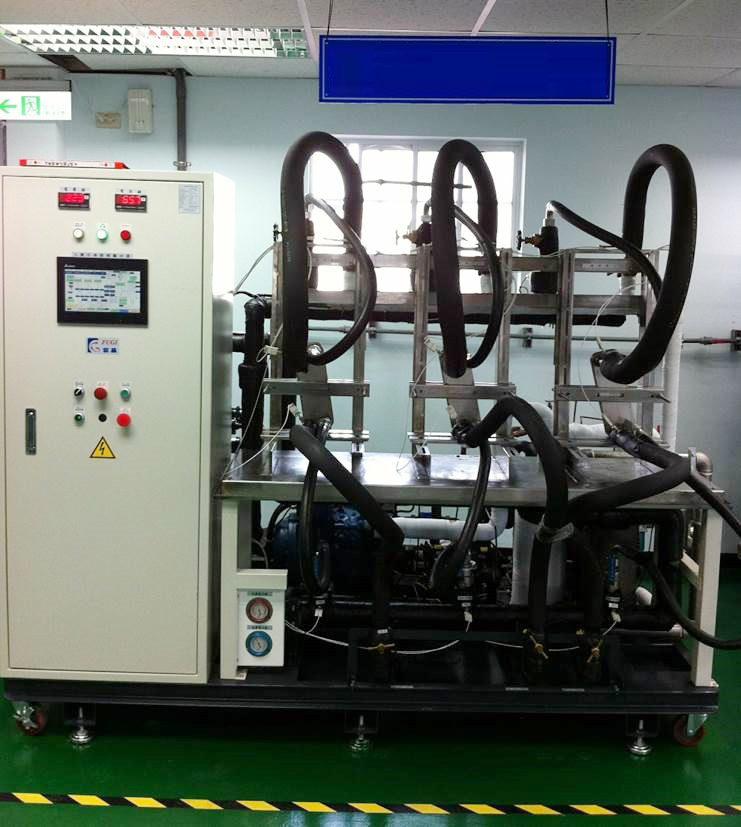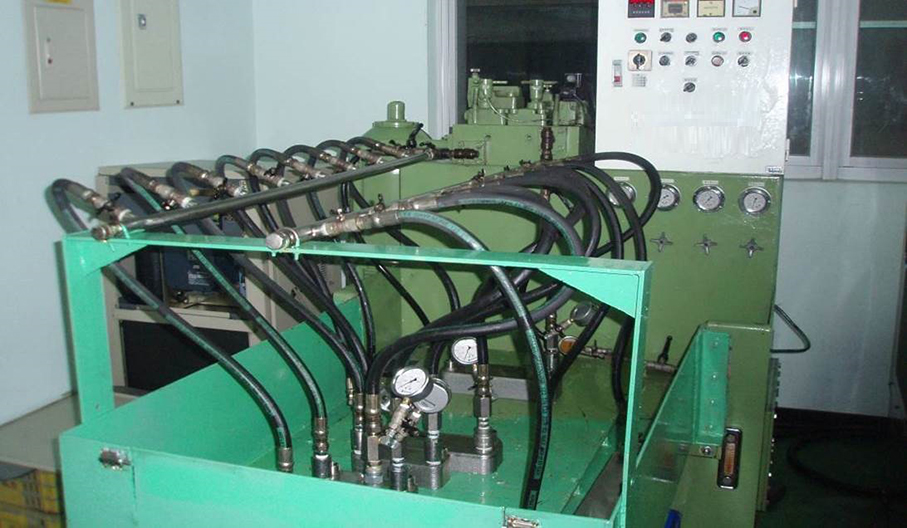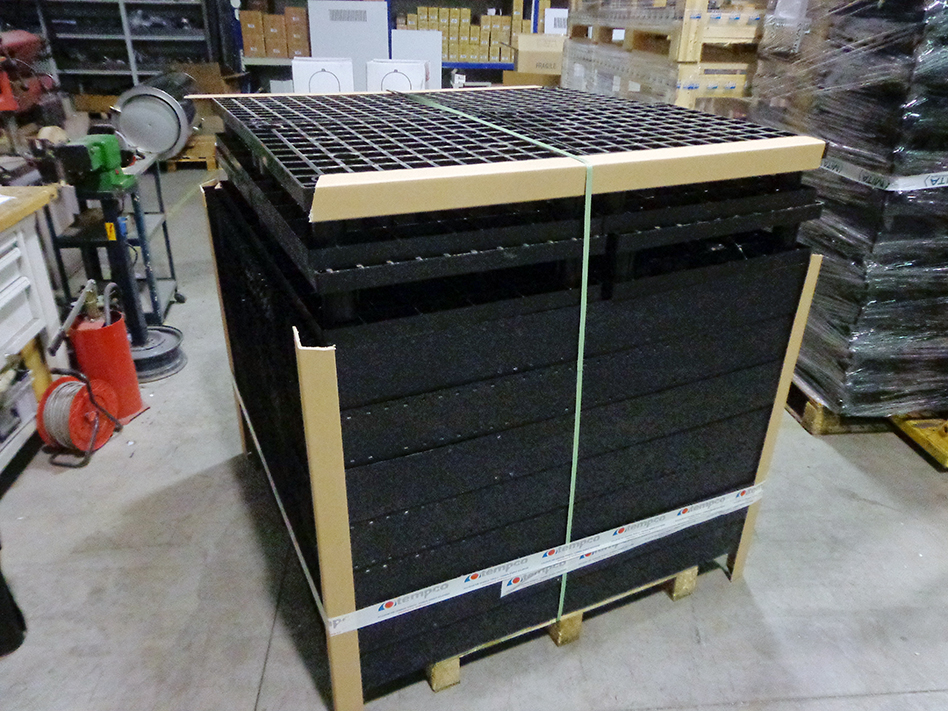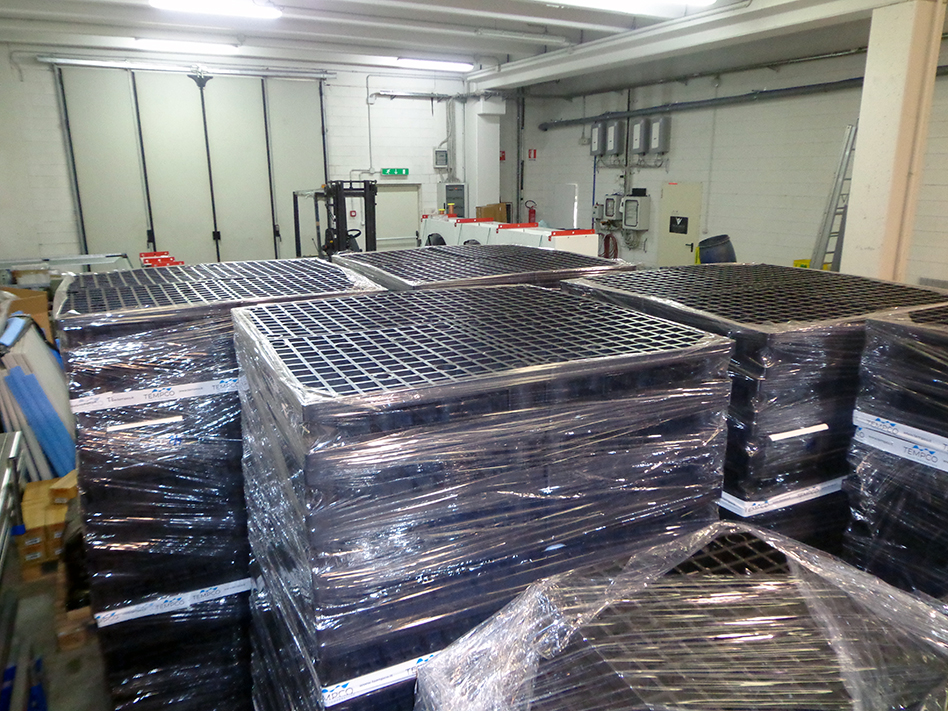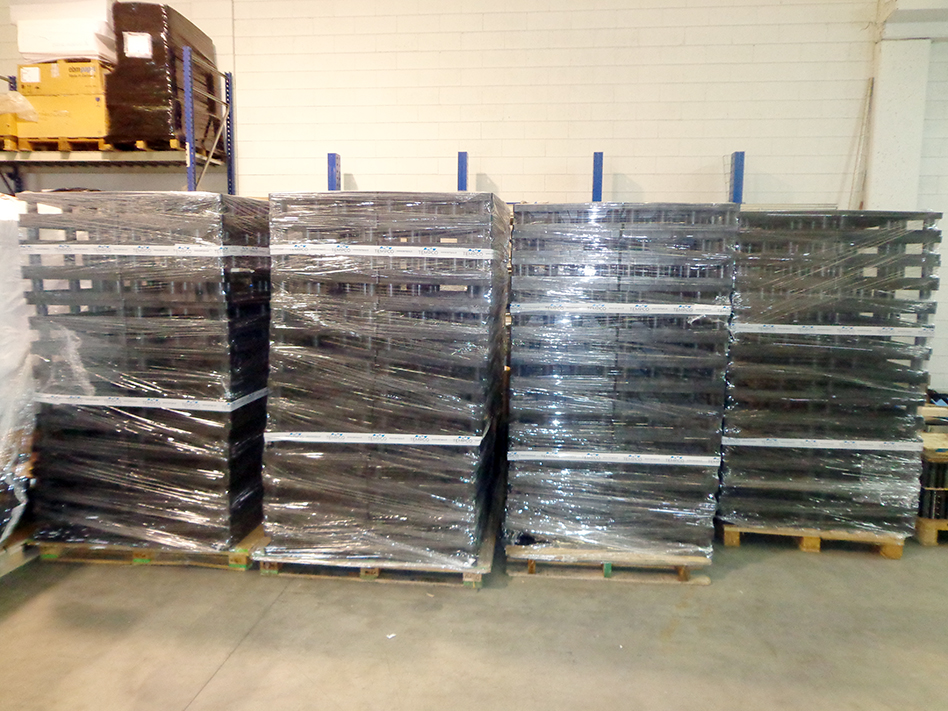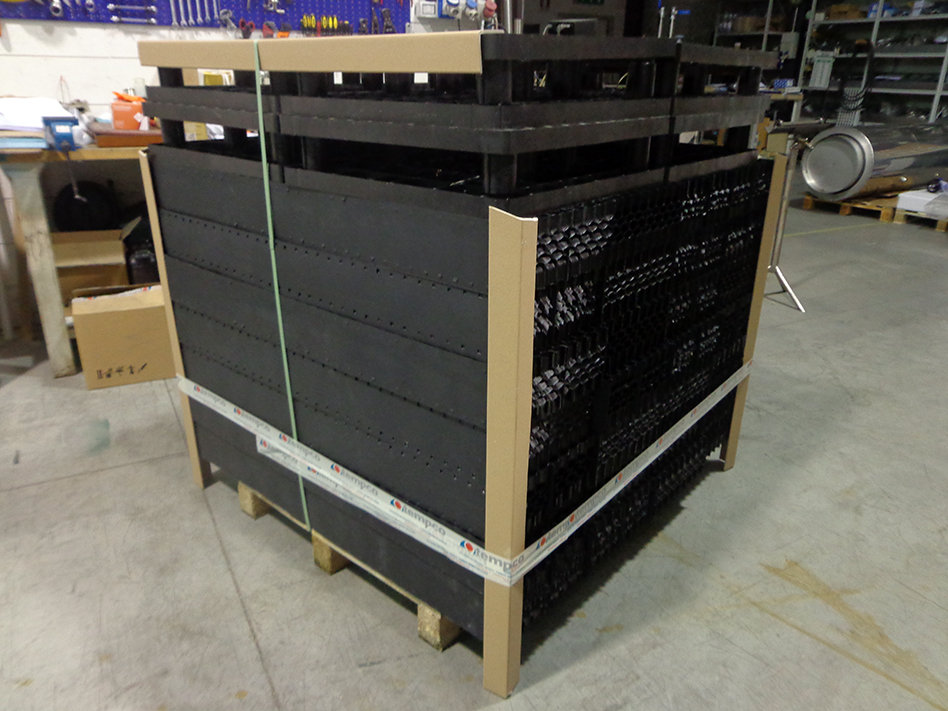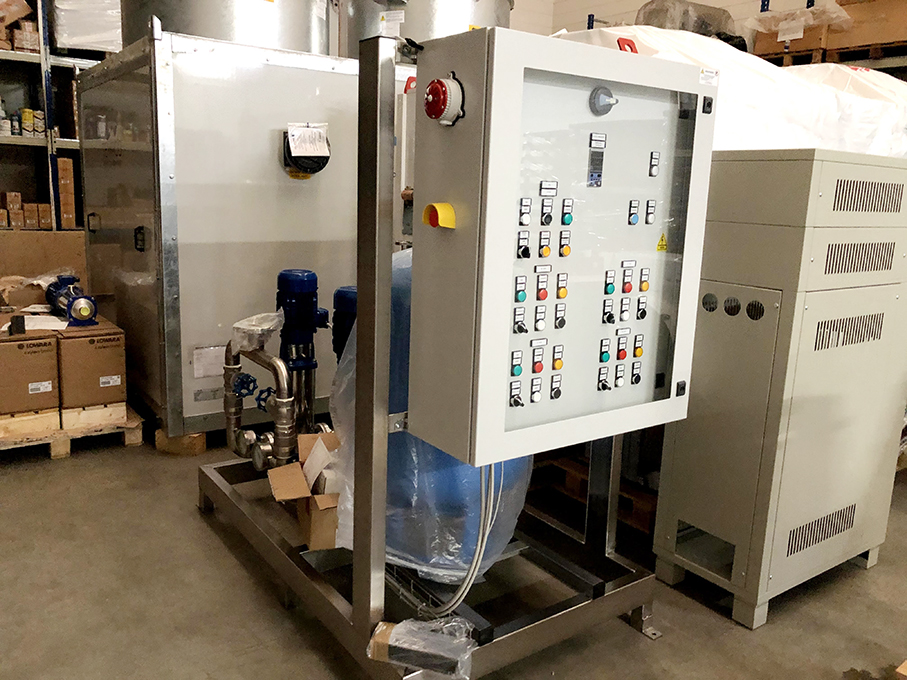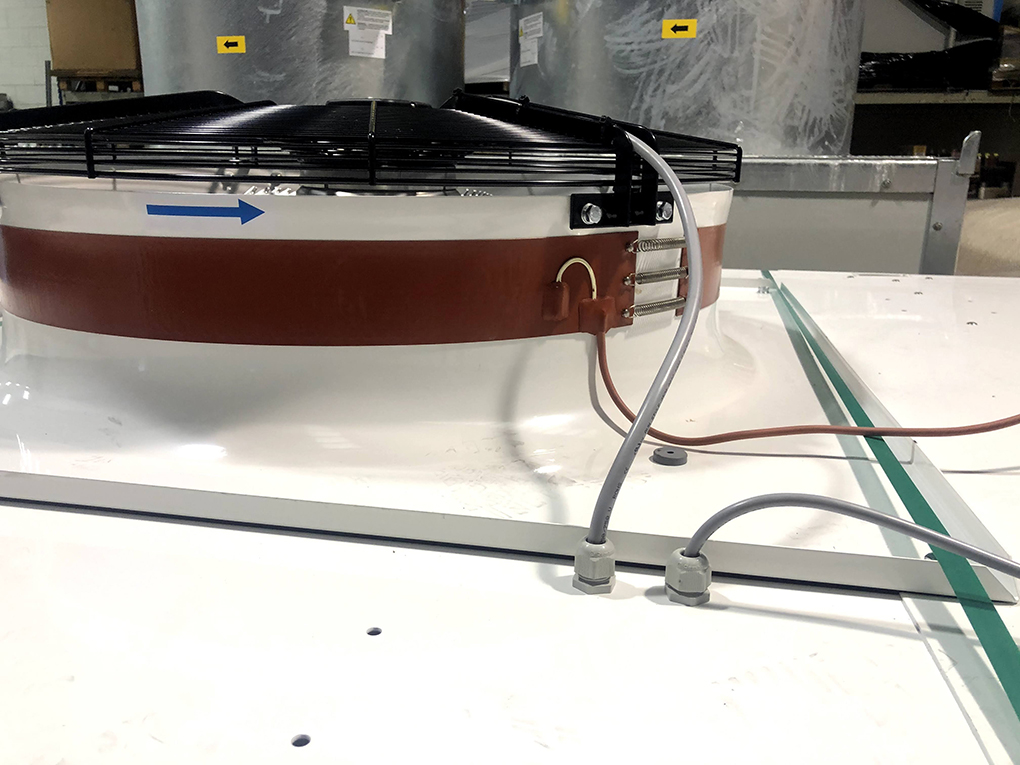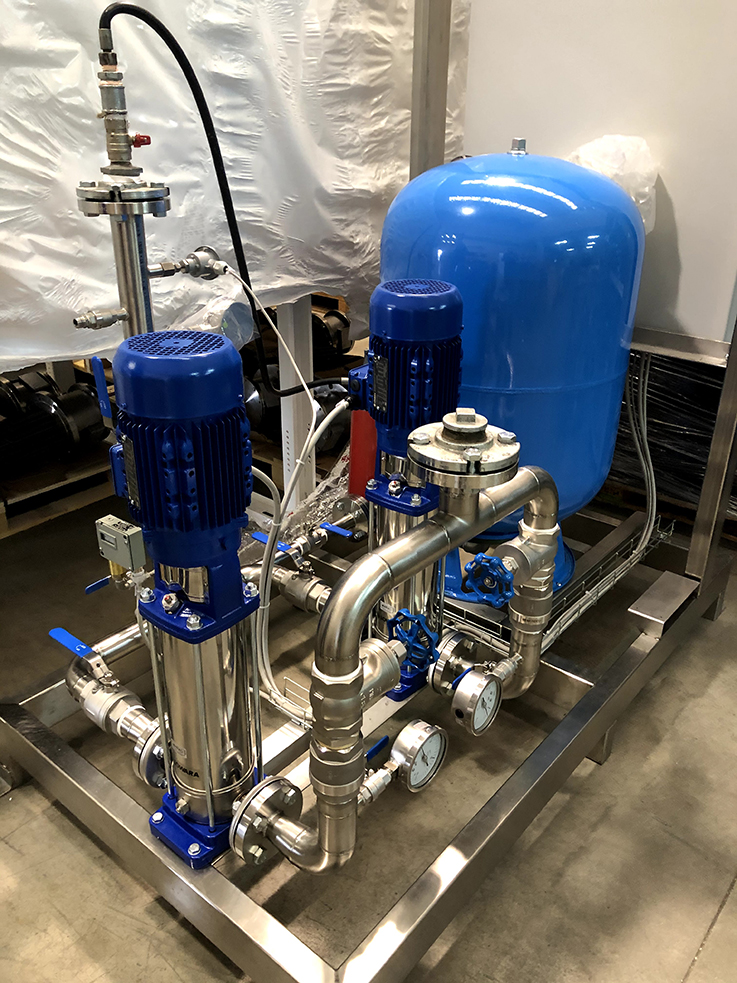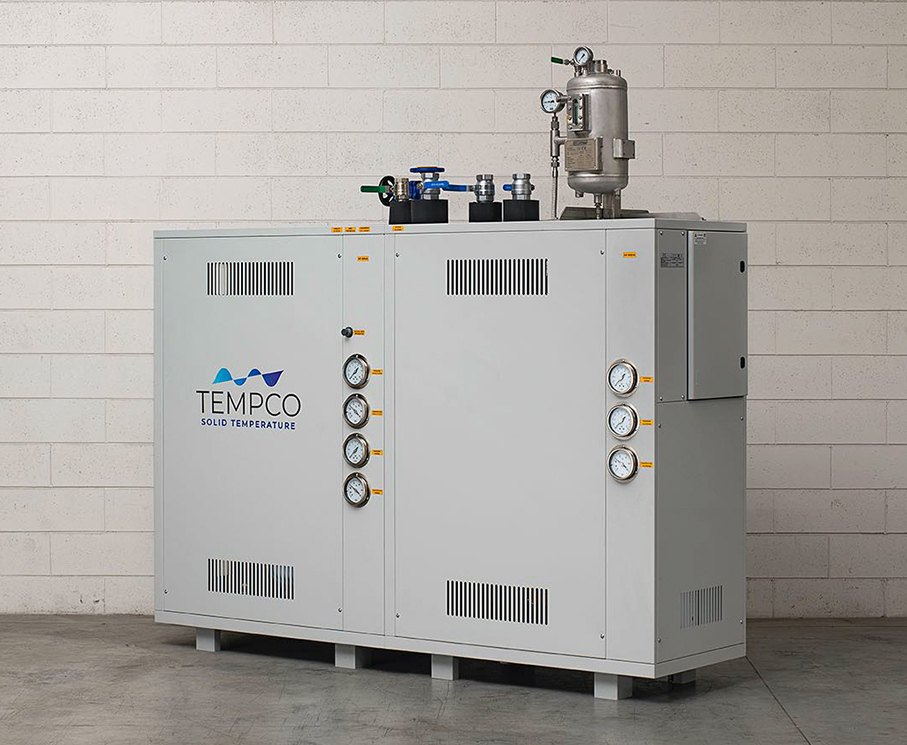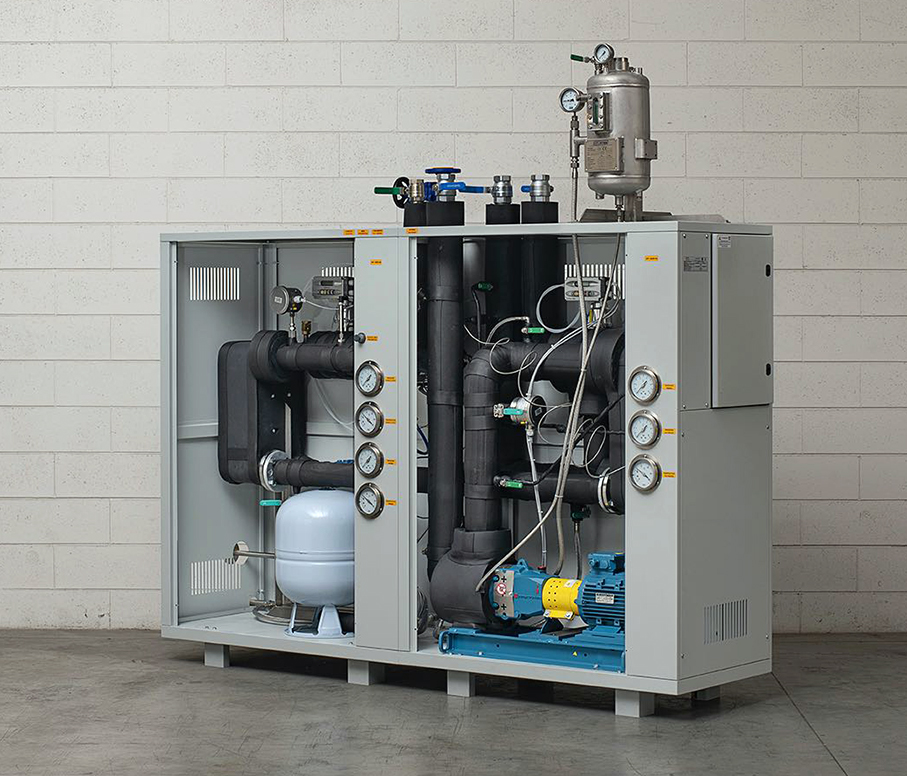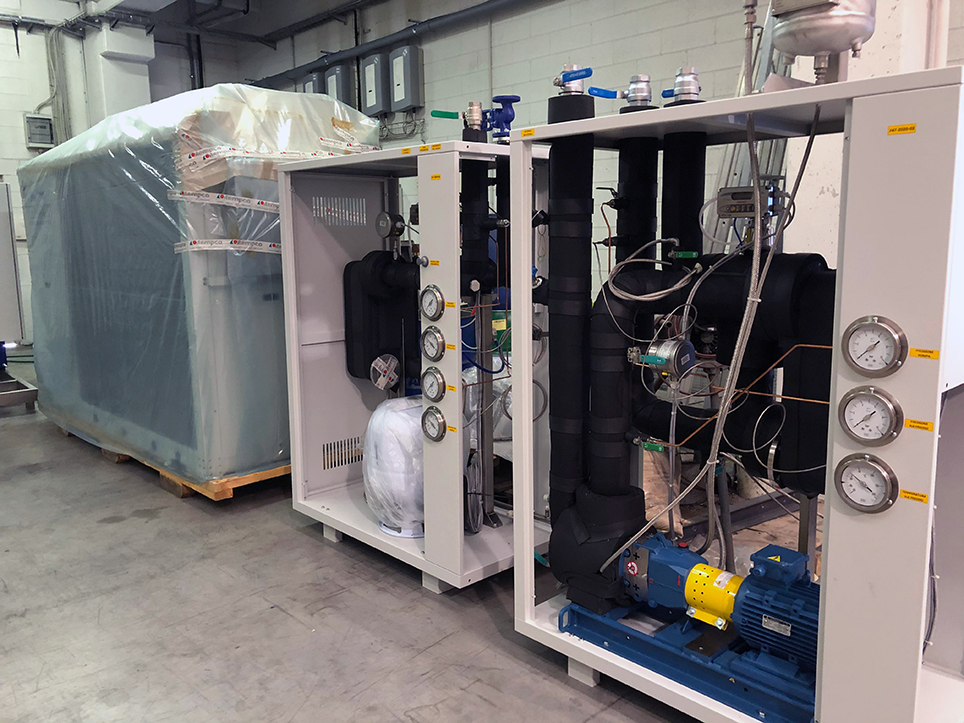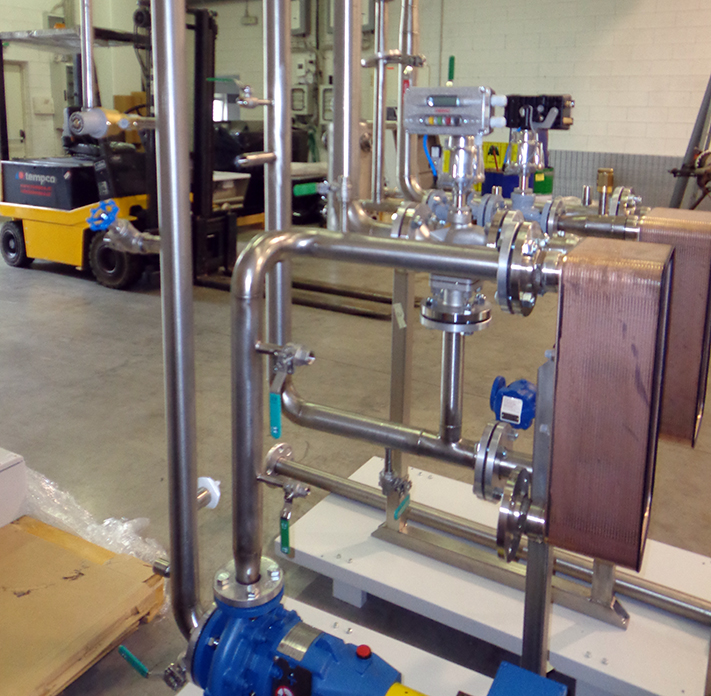Which cooling system is the better choice to obtain cooling water for production processes, among chillers, evaporative towers or dry coolers, is a very often requested topic. The choice depends first of all on the temperature level of the water required. Clearly, if water at 10° C is needed, or even at 0° C or under zero, the only way to go is a refrigerating group, or chiller.
But there are several halfway situations too, where cooling water required has slightly higher temperature levels, such as 20-25 or 30° C. Which still is cold water, but it can be obtained leveraging other kind of cooling systems. Each one offering its benefits and disadvantages, clearly.
The refrigerating group is the one that is less affected by climatic conditions, if properly designed. There are also chillers tropicalized, able to operate also at high ambient temperatures, and with to special equipments enabling operations as well during the winter season. We’re talking here about EC fans, that provide the adaptation of the condensation speed.
When cooling water is required at temperatures of 25-30° C, that’s when the doubts start, if it’s better choosing a chiller, an evaporative tower or a dry cooler. It all depends on the climatic conditions. An evaporative tower employed at latitudes typical of North or Central Italy, and Europe, allows to obtain cold water at a temperature of approximately 29-30 or 31° C. Here, a dry cooler struggles, just because it’s cooling work depend strictly upon the ambient temperature. So that during the summer season, when temperatures reach 30-35° C, it will be possibile to obtain cooled water at temperatures 5° C higher, and so that means water at 35-40° C. Furthermore, it’s true that during the winter season, or the mid-season, a dry cooler allows to have cold water at the required temperature.
In the comparison between a cooling tower and a dry cooler, the first one has the advantage to have an open circuit of the water, while dry coolers employ a closed circuit, with impacts on the performances. On the other side, having a closed circuit of the water means that there are no side effects caused by dust present in the external air, nor evaporation or water consumption, avoiding the need of refilling treated water.
However, with water in a closed circuit there is the risk of freezing during the winter, that could cause breaks on pipes, and thus requiring the employ of glicol.
It’s overall a complex theme, and the right solution has to be carefully evaluated case by case. A trend ongoing lately is to combine chillers with dry coolers, that during the winter season can easily replace the operations of the chiller, allowing to switch-off the compressors. With significant gains in terms of energy savings. The same dry cooling systems can be achieved using an evaporative tower, but taking care of interposing a heat exchanger, because the open circuit of the tower exposes water to contamination, and therefore cooled water should be treated prior to feed the industrial production process.
Subscribe here to our Tempco Newsletter – Solid Temperature.

